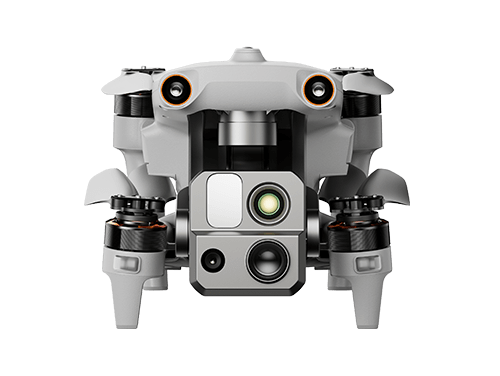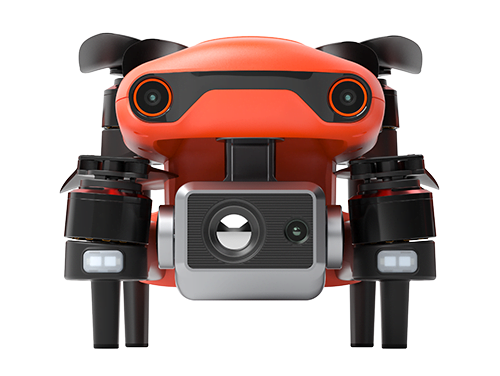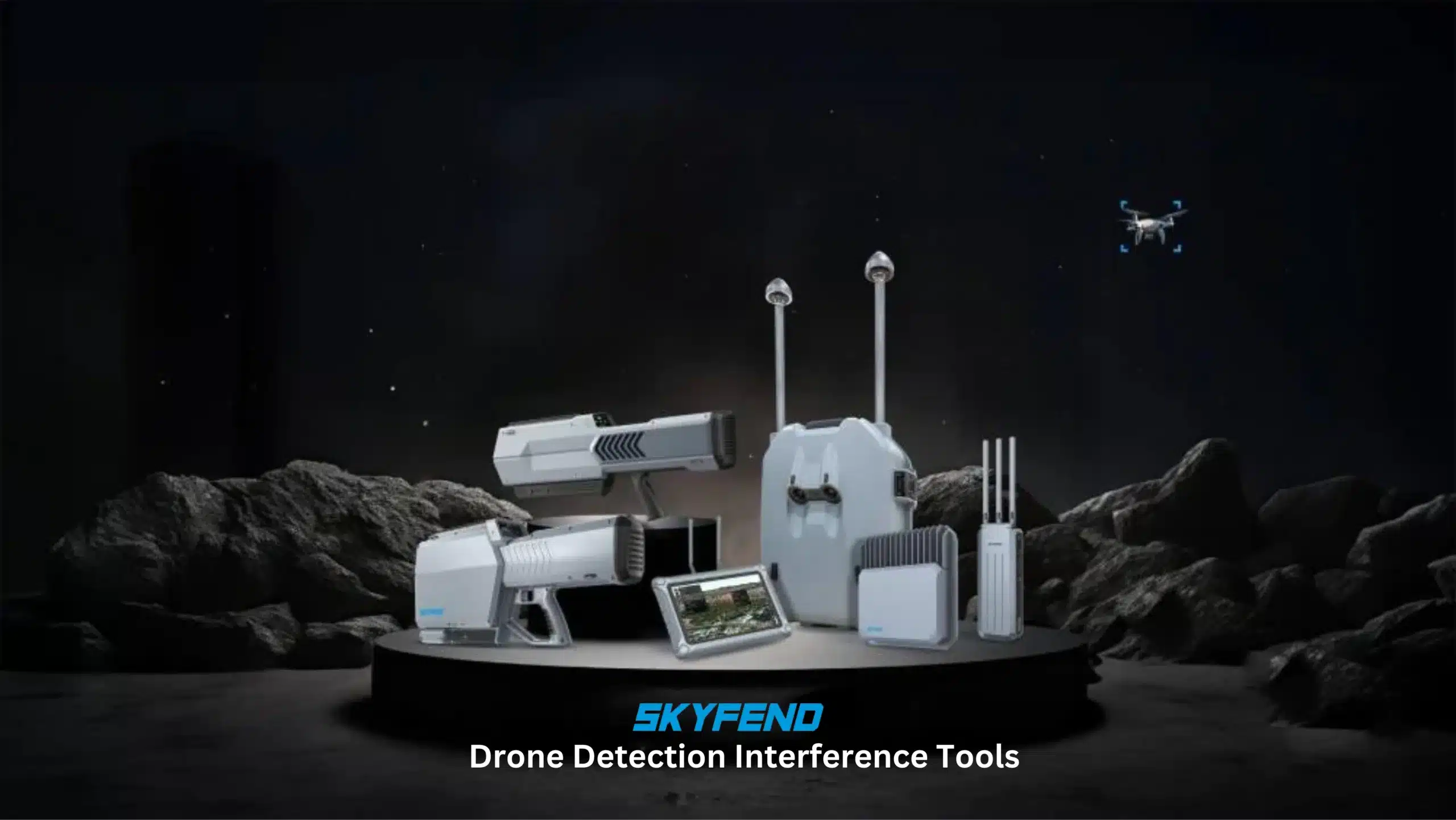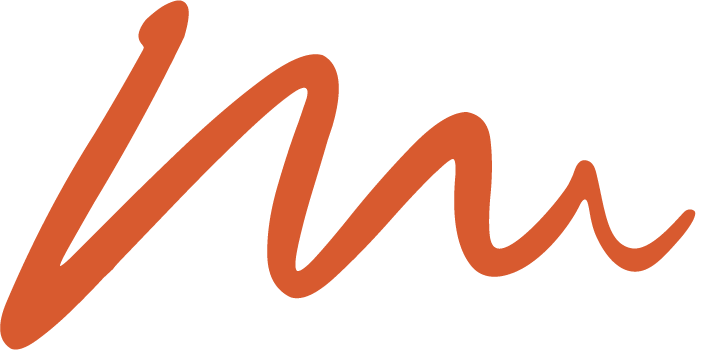Slow outage management: Helicopters, due to their weight and size, are less suited for efficient power line inspections.
Diverse systems: Utilities may employ many different systems for the inspection process, leading to inefficiencies in collating all the data.
Risk factors: Power grid operators face risks associated with challenging terrains and adverse weather conditions.
Drones, being agile, small, and lightweight can cover ground inaccessible to traditional aerial vehicles. Moreover, their unmanned nature improves safety.
Drones in the Oil and Gas Industry
To adhere to government standards, the oil and gas industry relies heavily on inspections. Drones offer numerous advantages, positioning them as integral tools on oil rigs and pipeline sites globally soon. Already employed for detecting damage, corrosion, and maintenance issues, drones provide the industry with the ability to capture high-resolution maps and timelines within a few hours, ensuring uninterrupted operations.
Drone technology is enabling oil and gas companies to reduce hazardous manpower, with potential efficiency gains of up to 33% as well as a 50% reduction in inspection costs, as reported by industry sources.
Many companies in the oil and gas sector are adopting drone programs to conduct inspections that traditionally involved significant staff hours and posed risks to employees. Drones can improve the safety in the energy industry by eliminating the need for human entry into confined spaces or other hazardous areas. They can inspect chimneys, smokestacks, storage tanks, production units at refineries, jetties, and hazardous environments without human presence, prioritising safety in the sector.
Drone-Assisted Inspection of Solar Farms
In the ever-evolving landscape of renewable energy targets, solar companies are striving to enhance the efficiency of their energy plants. Drones are emerging as pivotal tools, ensuring these companies deliver reliable energy at cost-effective prices to their customers.
The longevity of a solar farm hinges on regular and efficient maintenance. Given the expansive nature of solar farms, traditional inspections covering vast land areas can be time-consuming and financially draining. Drone surveys have proven instrumental in reducing inspection costs by half, significantly boosting operational efficiency.
Historically, inspectors traversed solar farms with handheld infrared cameras during inspections, a labour-intensive and time-consuming process. Ground-based inspection and recording of solar information demanded considerable time and financial resources.
Employing drones like the Autel EVO Max 4T or DJI Matrice 350 RTK paired with a hybrid thermographic camera such as the Zenmuse H20T, enable comprehensive aerial surveys at a fraction of the cost incurred by helicopter-based methods. This technological approach also streamlines the inspection process for solar farms, contributing to their sustained operational excellence.










